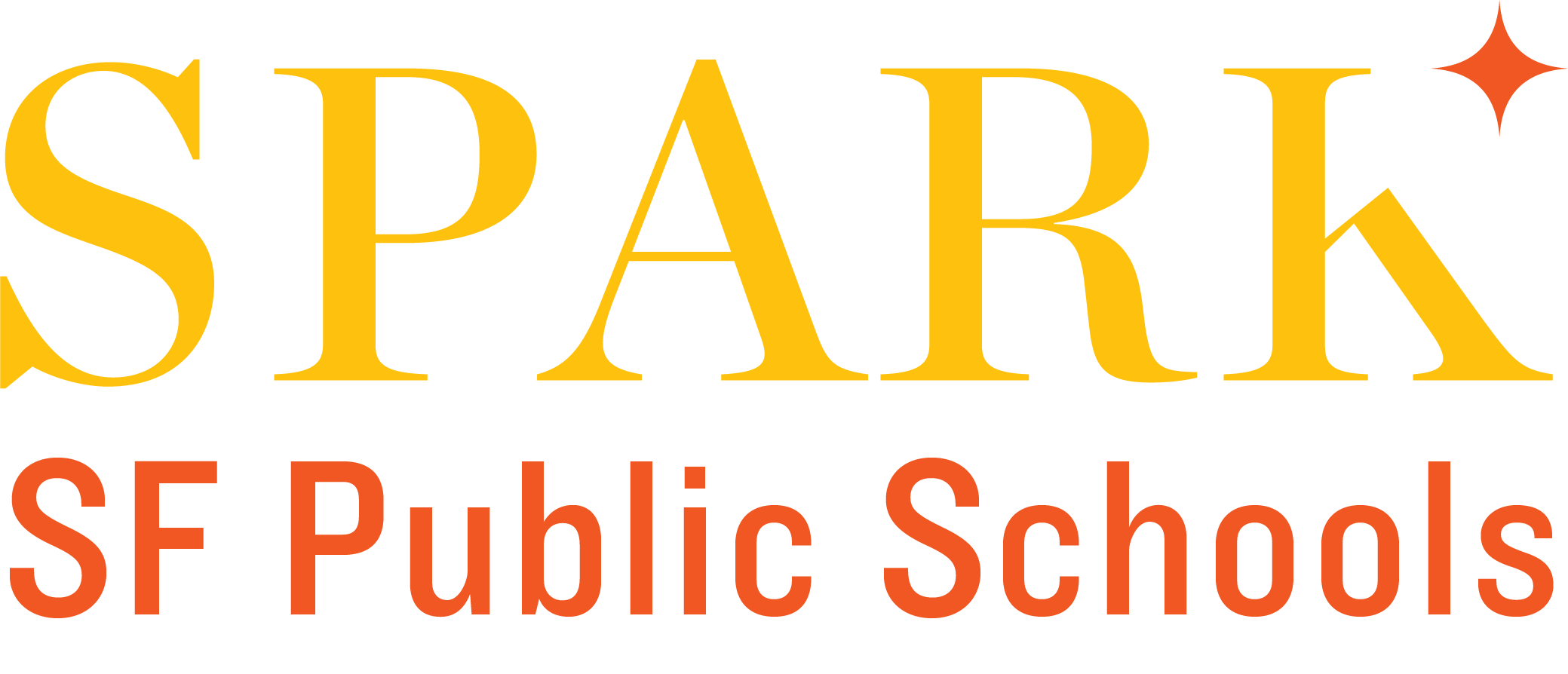Interrupting Systemic Barriers to Equity
PITCH: Closing the Opportunity & Achievement Gap
African American students have persistently ranked among SFUSD’s lowest-performing subgroup - a problem that has spanned more than three decades. We cannot and will not wait another 30 years to reverse this trend. At Spark* SF Public Schools, we believe it’s not only possible to achieve system-wide change to close the opportunity and achievement gap, but critical. While this gap is not unique to SFUSD, we have an unprecedented amount of skill and will working together to achieve more equitable opportunities and outcomes. Our success will define our city, now and in the years to come.
NEED & CURRENT REALITY: African American students in the district have long faced barriers to academic opportunity and success, including high rates of poverty as well as systemic bias leading to high rates of disproportionate discipline, low expectations of academic ability, under-resourced schools and supports, and a lack of trust and collaboration between schools and African American parents and community. Because of these and other systemic barriers and challenges, African American students are more likely to be below grade level, more likely to be chronically absent from school and more likely to feel disconnected from school, ultimately leading to lower graduation rates than other subgroups.
In early 2018, SFUSD Superintendent Dr. Vincent Matthews announced a multi-year initiative, PITCH, to close the achievement gap by cultivating five necessary conditions of a high-quality learning environment:
Professional Capacity
Instructional Guidance
Transformative Mindsets
Collaborative Culture
High-Quality Staff
Twenty schools were identified to be in the inaugural cohort of PITCH based on African American student data (performance, trends, and achievement gaps) across multiple years. If we ensure that the 20 PITCH schools effectively co-design, implement and continuously improve research-based strategies to meet clear and ambitious goals for African American student outcomes, then we will close the opportunity gap and achievement gap in these schools and in the district.
VISION: By 2025, we aim to close the achievement gap by significantly increasing African American student proficiency in English Language Arts and Math. This will be accomplished through the following strategies:
Support the professional development of teachers by providing ongoing learning opportunities focused on closing gaps for African American students and using data to inform classroom strategies.
Strengthen instructional guidance by equipping teachers with the knowledge and tools to tailor instruction to meet the individual needs of diverse learners and ensure tight alignment between curriculum, instruction, and assessments.
Transform adult mindsets by changing the culture on campuses so that schools are student-centered, inclusive, and set high expectations for all students, regardless of race. This strategy will provide professional development around implicit bias, or unconscious stereotypes, which often lead to disproportionate disciplinary action and lowered expectations for African Americans.
Build stronger relational trust among staff and stronger school-family-community partnerships so that our schools embrace a more collaborative culture, are safe and supportive, and student and family voices are heard and respected.
Ensure schools are filled with high-quality staff by prioritizing the recruitment and retention of highly effective and diverse teachers and strengthening principal leadership.
INVESTMENT: Spark* SF Public Schools is seeking $3 million in private philanthropic investments over three years. San Francisco has long held a reputation for innovation, diversity, and inclusion. We have an opportunity to solve a widespread challenge in education and serve as a model for districts across the country. Join us today to become a partner in social justice and equity!
IMPACT:
Close the achievement gap by increasing African American student proficiency in English Language Arts and Math as measured by summative statewide assessments

